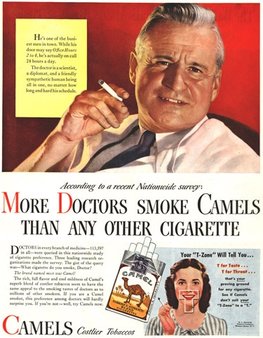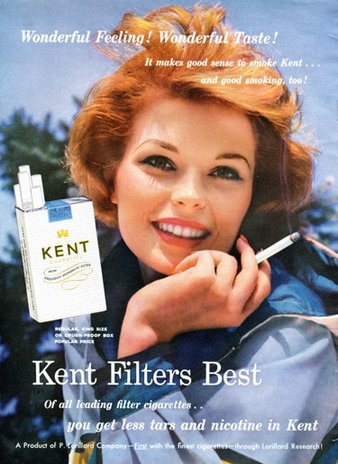"The tobacco industry worked together since the early 1950s to create a pro-cigarette public relations campaign to mislead the public about the dangers of smoking to advance their collective interest to market cigarettes." -Michael K. Cummings, MD
|
Dr. Hammond's findings were very controversial and drew harsh criticisms from the tobacco industry. Despite the pioneering structure of the studies, the cigarette companies pursued misinformation campaigns and fought to discredit Hammond's work. The Tobacco Industry Research Committee (TIRC) published dubious articles and letters of rebuttal to minimize the impact of the studies connecting smoking to disease.
|

